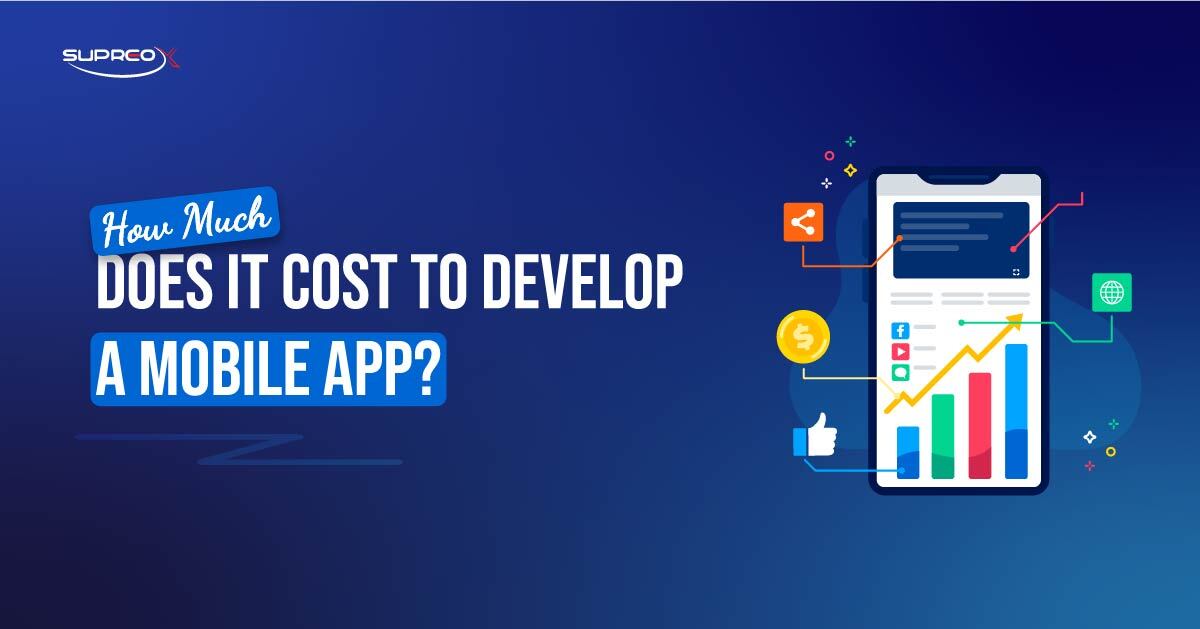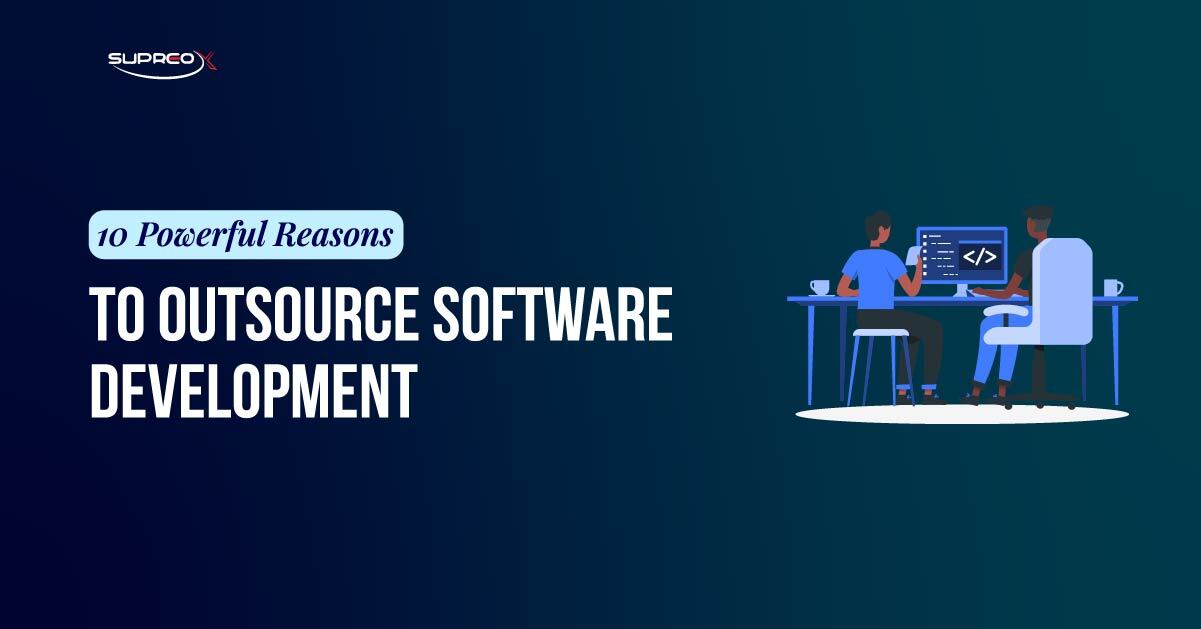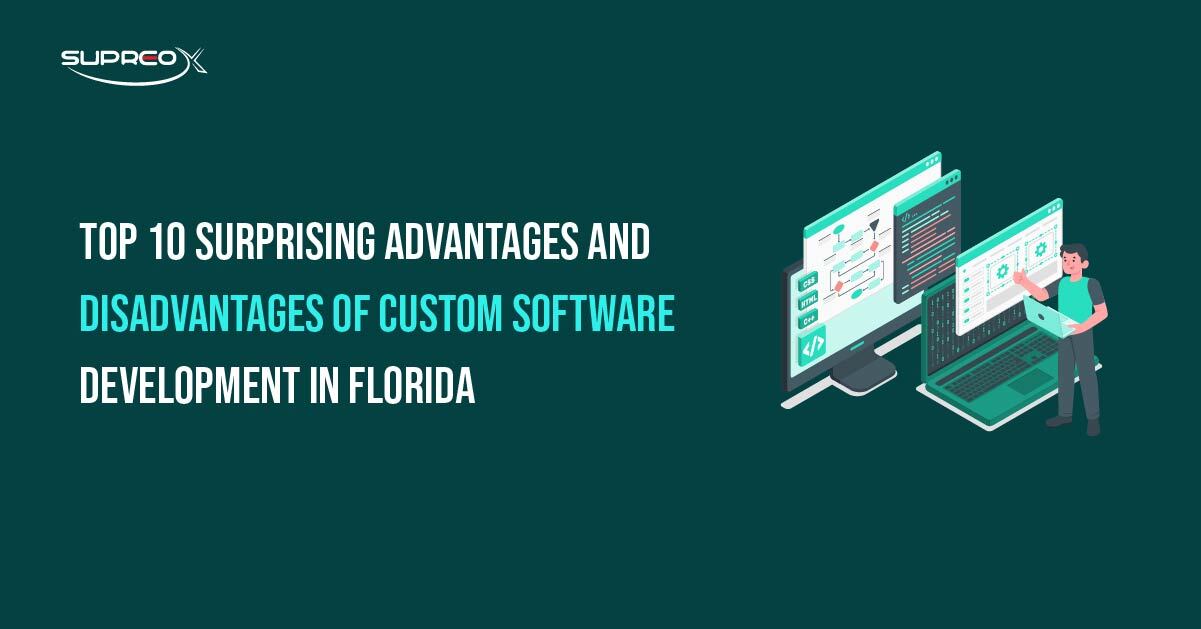Do you have an app idea? Before you dive in, let’s talk numbers. In 2025, mobile app development costs can range from $10,000 for a basic app to over $500,000 for complex solutions. Why such a big price gap? The cost depends on factors such as complexity, platform, features, UI/UX design, AI, AR/VR, or blockchain.
Let’s break it all down and uncover the key factors, hidden expenses, and cost-saving strategies so you can build your dream app without breaking the bank.
Price Range Breakdown Based on App Complexity
The price range varies widely depending on technical requirements, app development framework, technology stack, wireframes, user experience (UX) design cost, and feature set. Knowing the expected costs can be a game-changer, whether you’re a small business or a large enterprise.
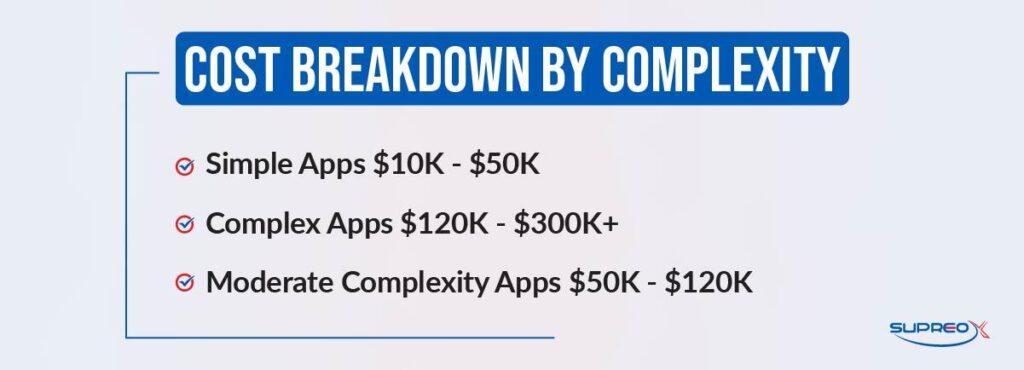
Simple Apps
Simple apps are the most basic type of mobile application. They typically feature a basic UI, limited functionality, user profiles, and login/signup processes. These apps do not require advanced backend development or complex integrations, making them quicker and cheaper. The estimated cost for simple apps ranges from $10,000 to $50,000.
Moderate Complexity Apps
Moderate-complexity apps include functionalities like custom UI, API integration, chatbot features, social media integration, push notifications, and user navigation paths. These apps require a more sophisticated backend infrastructure and higher security standards. Because of these additional requirements, development costs typically range between $50,000 and $120,000.
Complex Apps
Complex apps involve advanced technologies and highly interactive features such as AI, AR/VR, voice-to-chat, video streaming, cloud synchronization, video chatting, social media sharing, compliance with laws, and enhanced security features. These require robust backend infrastructure, extensive testing, and highly skilled developers, significantly increasing development costs. Prices typically range from $120,000 to $300,000 or more.
Why Does Mobile App Development Cost Vary?
Several factors contribute to the variance in mobile app development costs. What are they?
Scope and functionality
The number and complexity of features required in an app significantly impact the overall development cost. More features mean increased development time, testing, and maintenance, leading to higher expenses.
App type and platform
The type of app and the platform it is built for play a crucial role in cost determination. Native apps for iOS and Android generally cost more due to separate development efforts, while hybrid and web-based apps are more cost-effective but may lack some performance benefits.
Development team and location
Where the development team is located influences the overall cost. Offshore developers, especially in countries with lower labor costs, offer more budget-friendly options than onshore development teams in North America and Europe, which generally charge higher rates.
Backend infrastructure
Apps that require cloud integration, databases, and complex APIs demand extensive backend infrastructure, which increases development costs. The need for real-time data processing, scalability, and security further increases expenses.
Security and Compliance
Industries such as healthcare, finance, and e-commerce require strict adherence to regulatory frameworks like GDPR and HIPAA. Implementing robust security measures and compliance protocols raises development costs but is essential for user trust and data protection.
What Factors Influence the Cost of App Development?
Did you know 70% of app development projects exceed their initial budget due to unexpected costs? Several factors can make or break your budget, from feature complexity to developer location. So, understanding these cost drivers will help you plan smarter and avoid financial surprises.
App Type
The type of app plays a critical role in determining development costs.
Native
Native apps are developed specifically for iOS or Android. They offer better performance but require separate codebases, which increases costs.
Read More: Native vs Cross-Platform App Development for Small Business
Hybrid
Hybrid apps use frameworks like React Native or Flutter, enabling cross-platform compatibility at a lower cost.
Web
Web apps are browser-based, making them the most affordable, but sometimes lacking in performance and offline functionality.
Platform
The platform you choose, iOS, Android, Windows, or Cross-Platform, affects development costs. Building separate apps for iOS and Android increases expenses, whereas a cross-platform approach can save both time and money. However, cross-platform apps might not deliver the same level of performance as native applications.
UI/UX Design
Design complexity impacts cost significantly. A simple UI using pre-built templates is cost-effective, whereas custom design solutions with intricate animations, advanced typography, and detailed wireframing can drive up costs. Investing in an engaging UI/UX ensures higher user retention and satisfaction.
Custom templates vs. complex design solutions
Are you trying to keep costs low? Pre-built templates can slash design expenses by 30-50% and get your app up and running faster, which is great for small businesses. But custom designs are the way to go if you want your app to stand out. Apps with unique UI/UX see 200% higher user engagement and keep users coming back. Templates save cash; custom designs build brands and make a lasting impression.
App Features
More features mean increased complexity and higher development costs. Essential features like social login, geolocation, QR codes, user data encryption, verification processes, and wearable device integrations enhance functionality and demand additional development resources.
Development Time
The duration of app development directly affects costs. Longer timelines mean more hours for developers, designers, and testers, leading to higher expenses. Delays can result from scope changes, unforeseen technical challenges, or compliance requirements.
App Maintenance
App maintenance is an ongoing expense that includes bug fixes, performance improvements, UI updates, and app store optimization (ASO). Regular updates ensure compatibility with new OS versions and security patches, preventing potential vulnerabilities.
Developer Location
Hiring developers from different regions affects pricing. Onshore developers (based in North America or Europe) charge higher rates, while offshore developers (from Asia, Eastern Europe, or South America) offer cost-effective solutions. Hiring freelancers, agencies, or work marketplaces like Upwork also impacts pricing models.
Compliance & Security
Industries such as healthcare, finance, and e-commerce require compliance with GDPR, HIPAA, and SSL security regulations. Implementing authentication apps, secure payment gateways, and data encryption increases costs but ensures user trust and data protection.
Marketing & Deployment
Successful apps require strategic marketing and deployment efforts, including app store submission, SEO optimization, social media campaigns, and influencer partnerships. While marketing adds extra costs, it is essential for gaining visibility and attracting users.
Monetization Model
Apps generate revenue through monetization strategies such as ads, in-app purchases, freemium models, and premium subscriptions. The complexity of integrating these features affects development costs. Implementing secure payment options like Google Pay, Apple Pay, Stripe, or PayPal ensures smooth transactions but adds additional expenses.
Scalability Needs
Scalability is a crucial factor for growing apps. Cloud hosting solutions, performance monitoring tools, and caching systems help manage increased user loads. Investing in scalable architecture from the start prevents future redevelopment costs.
Third-Party API Integrations
Many apps integrate with external services to enhance functionality. Common third-party integrations include Google Pay, Stripe, PayPal, and Twilio for SMS verification, Firebase for analytics, and Sensor Tower for app intelligence. While these services improve user experience, they come with associated costs, including subscription fees and API usage charges.
How Long Does It Take to Develop an App, and How Does This Affect Cost?
Longer development time increases costs due to prolonged resource allocation and software development expenses. Which apps can take longer, and how can they increase the price?
Simple apps
Simple apps have fewer features and require less development effort, reducing both time and cost. These apps often utilize pre-built templates and minimal backend infrastructure. It takes around 2-4 months to develop a simple app.
Medium apps
Medium-complexity apps require custom development, backend integration, and rigorous testing, which increases their development timeline. A simple app takes around 4-9 months to develop.
Complex apps
Complex apps involve AI, blockchain, IoT, or AR/VR technologies, requiring extensive development and testing, thus leading to a higher budget and longer timelines. It takes around 9-12+ months to develop a simple app.
How Can I Keep App Development Costs Within Budget?
Keeping app development costs within budget requires careful planning and prioritization. Taking the points below into consideration can help you build the app within your budget.
- Use pre-built UI kits, UI templates, and wireframes.
- Choose a cost-effective app development company with experience in UX writing and typography.
- Opt for cross-platform development (React Native, Flutter) instead of building separate native apps.
- Select the right app development tools, such as low-code/no-code solutions.
- Implement agile development methodologies for iterative improvements.
- Leverage cloud-based solutions for app hosting.
How Can You Reduce App Development Costs?
Focusing on the necessary elements to build an app is not the only solution you should be focused on. Here are others that might help you reduce app development costs:
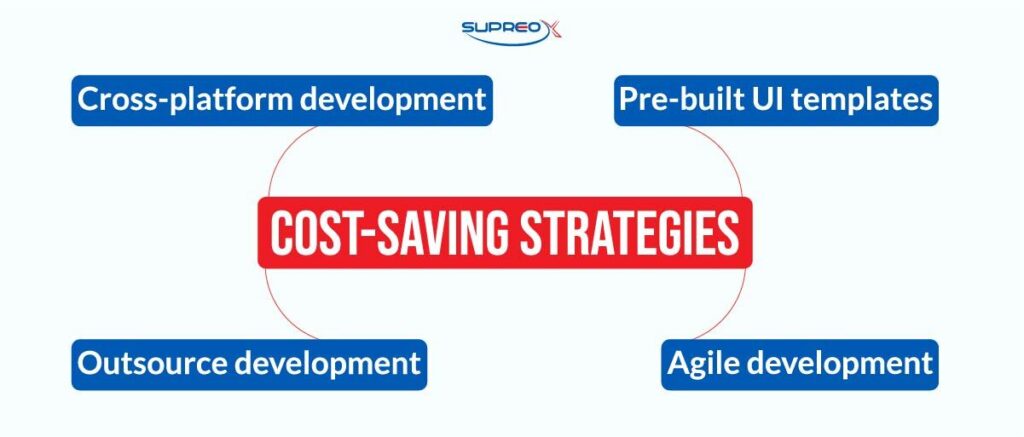
- Prioritize essential features like user accounts, navigation paths, and push notifications.
- Use chatbot and automation solutions to reduce user support costs.
- Consider outsourcing development to lower-cost regions.
- Implement cloud hosting instead of dedicated servers.
- Choose a team with expertise in UI optimization to enhance user satisfaction while reducing design complexity.
Pricing Guide by App Type
A 2024 survey by Clutch revealed that 80% of companies spend more than expected on app development, primarily due to scope creep and unexpected technical challenges. Let’s know what the estimated budget you should have in mind for developing a mobile app in 2025.
| App Type | Estimated Cost |
| Basic App | $10,000 – $50,000 |
| E-commerce App | $30,000 – $200,000 |
| Social Media App | $50,000 – $300,000 |
| AI-based App | $100,000 – $500,000+ |
| AR/VR App | $100,000 – $500,000+ |
Stages of App Development
According to research by GoodFirms, the average time to develop a mobile app ranges from 4 to 12 months, depending on the complexity. Let’s understand the development stages to understand better where you might have to spend money and what you can do to reduce the cost.
Planning & Research
A well-planned app has a 60% higher chance of success than one without a clear strategy. This phase sets the foundation by conducting market analysis, defining objectives, and outlining the roadmap. Businesses identify their target audience, assess competitors, and refine their unique value. Wireframing helps visualize app structure, while project management ensures smooth coordination of teams, timelines, and budgets.
Wireframing & Design
Mobile Apps with strong UI/UX design see a 200% increase in user retention within the first month—wireframing acts as a blueprint, shaping the user interface before development. The UI/UX design process focuses on intuitive layouts, engaging visuals, and seamless interactions. This stage includes designing templates, selecting typography, and refining animations to enhance the user experience before moving forward.
Development & Coding
Over 90% of apps fail due to poor development practices. This is where the app comes to life. Frontend development builds the user-facing interface, while backend development powers servers, databases, and APIs. Developers write clean, scalable code using version control tools like Git, ensuring efficiency and collaboration. Timelines vary based on app complexity.
Testing & Quality Assurance
Bugs cause 47% of users to uninstall an app after the first use. Before launch, rigorous testing ensures functionality across devices and operating systems. Debugging, unit testing, beta testing, and security audits identify and fix issues. Performance testing optimizes speed, while penetration testing enhances security. Beta user feedback helps refine the final product.
Deployment & Launch
Apps optimized for the App Store rank 30% higher in search results. Once tested, the app is submitted to the Apple App Store and Google Play Store for approval. Performance optimization, SEO strategies, and metadata descriptions improve visibility. Marketing efforts, including influencer collaborations and social media campaigns, drive a successful launch.
Post-launch Maintenance
Apps that receive regular updates see 3x higher engagement rates. Development doesn’t stop at launch. Regular updates, bug fixes, and performance monitoring keep the app functional and competitive. Analytics tools track user behavior, while scalability planning supports growth. Ongoing user support and feature enhancements improve engagement and retention for long-term success.
Mobile App Cost Breakdown
Why does the cost vary? Each component of the development process contributes to the final price, and knowing where your money goes ensures better financial control.
| Component | Estimated Cost |
| UI/UX Design | $5,000 – $50,000 |
| Backend Development | $10,000 – $100,000 |
| API Integrations | $5,000 – $30,000 |
| Testing & QA | $5,000 – $50,000 |
| Deployment | $2,000 – $10,000 |
| Maintenance (yearly) | $5,000 – $50,000 |
Hidden App Development Costs
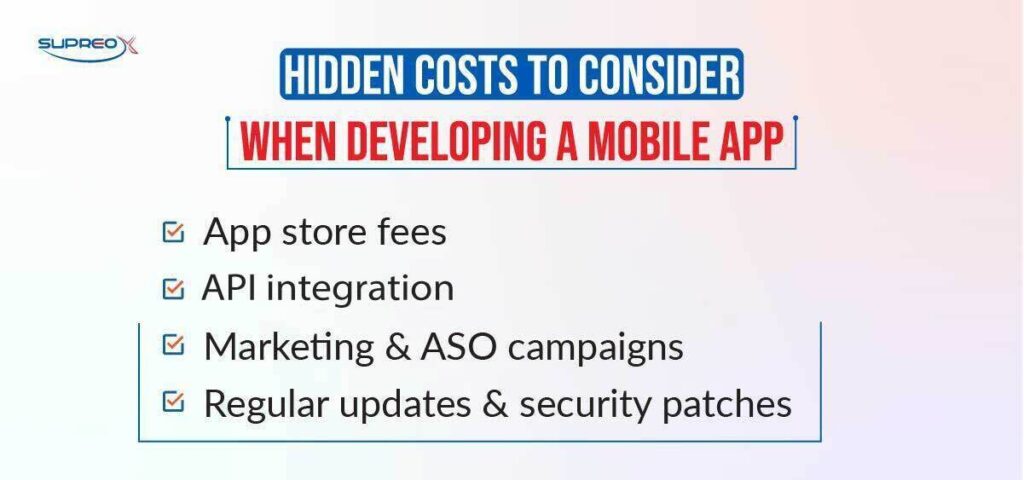
Many app developers overlook hidden costs that can significantly impact a client’s budget. These unexpected expenses arise from third-party services, compliance requirements, and continuous improvements. So, let’s break it down for you.
App store fees
Publishing your app comes with costs. Apple charges a $99/year developer fee, while Google Play requires a one-time $25 registration fee.
Third-party API fees
Many apps integrate external services like Google Maps, payment processing, and Twilio for verification services. These services often come with monthly or usage-based charges, increasing long-term costs.
Marketing and promotions
Investments in app store optimization (ASO), influencer marketing, and paid advertisements are essential to attract users. The cost varies based on strategy and audience reach, but it is crucial for visibility.
App maintenance & update
Regular updates ensure security, bug fixes, and feature improvements. Depending on complexity, app maintenance typically costs around 20% of the initial development cost per year.
User engagement tools
Enhancing user experience requires tools like CRM systems, chatbot integrations, and social network linking. These tools help in user retention but add ongoing expenses to the app’s budget.
How to Choose the Best App Development Company?
Companies with a proven track record are more likely to deliver high-quality results within your budget and timeline. What are the other things to consider?
Check Portfolio
Review the company’s previous projects to ensure they have experience in your industry. A strong portfolio demonstrates expertise in building similar applications and highlights their design and development capabilities.
Look for Client Reviews
Read testimonials, case studies, and online reviews from past clients. Feedback from previous customers provides insights into the company’s reliability, communication, and ability to deliver high-quality projects on time.
Assess Technical Expertise
Ask about the technologies and frameworks they specialize in, such as React Native, Swift, Flutter, and other mobile development tools. A skilled team should be proficient in modern programming languages and frameworks suitable for your app’s requirements.
Discuss Pricing Models
Determine whether the company offers fixed pricing, hourly rates, or milestone-based payments. Understanding their pricing structure helps align your budget with your app development needs and prevents unexpected costs.
Verify Communication & Support
Ensure the company provides clear and consistent communication throughout the development process. Discussing post-launch support, maintenance, and future scalability is crucial before finalizing an agreement.
Wrap Up
Creating an app is exciting, but finding the right team makes it successful. Whether it’s a simple idea or a feature-packed platform, it’s important to stay on a budget without sacrificing quality.
The experts at SupreoX make app development easy, affordable, and hassle-free. Our team is experienced in providing great design, smooth performance, and cost-effective solutions to bring your idea to life.
FAQs
Can I build an app for free?
You can create an app for free using no-code platforms like Adalo, Bubble, or Thunkable. However, these platforms have limitations, and advanced features like custom UI, backend integration, and monetization options may require a paid plan or developer assistance.
What is the cheapest way to build a mobile app?
The most cost-effective way to build an app is to use no-code tools, pre-built UI templates, and outsource development. Choosing cross-platform frameworks like React Native can also save costs compared to developing separate native apps for iOS and Android.
How much does it cost to maintain an app?
App maintenance usually costs 15-20% of the initial annual development cost. This includes bug fixes, security updates, feature enhancements, and performance improvements to keep the app functional and user-friendly.
Is cross-platform development cheaper than native?
Yes, cross-platform development is typically 30-40% cheaper than native development. By using frameworks like Flutter or React Native, developers can write a single codebase that works on both iOS and Android, reducing development time and costs.
What are the best monetization strategies for an app?
Turning an app into a profitable business requires the right monetization strategy.
In-app purchases – Users pay for premium features, extra content, or virtual goods. Popular in gaming and shopping apps.
Subscriptions – Recurring payments for premium content or services. Ideal for streaming, news, and fitness apps.
Advertisements: Revenue from third-party ads displayed in the app. This is a great option for free apps with a large audience.
Sponsorships & Partnerships – Collaborations with brands to generate income.
Freemium Model – Offering basic features for free while charging for advanced tools. Effective for productivity and subscription-based apps.

